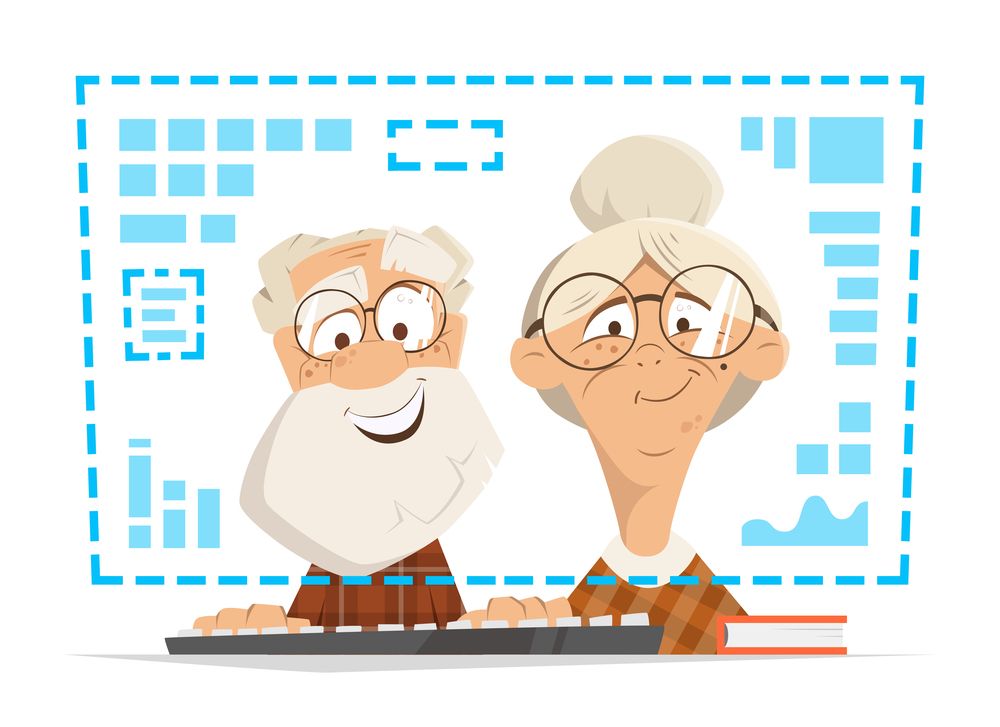Gray wave and assisted living
So, how do you determine where you, as an individual or a business, will be in five years? You can’t say where exactly you’re going because you can’t predict what’s going to happen in the world. However, you can challenge yourself to change. In 2001 Apple’s sales figures were in decline. The company

So, how do you determine where you, as an individual or a business, will be in five years? You can’t say where exactly you’re going because you can’t predict what’s going to happen in the world. However, you can challenge yourself to change.
In 2001 Apple’s sales figures were in decline. The company had yet to launch the iPhone, iPad, or iPod and was struggling to get their computer products into big-box stores that were primarily focused on PCs. Their small market share made them a low priority for most retail outlets, and the company was frustrated by their lack of control over their potential customers’ experiences with Apple products. By opening their own chain of stores, Apple was able to control their entire value chain from start to finish. The stores purposefully simplified and enhanced the customers’ experience with Apple products, and today the physical stores alone pull in upward of 33 million dollars in annual revenue.
Can you replicate this kind of experience in your own business? Look at how the health-care industry is adapting to the coming “gray wave.” The gray wave refers to the way our population demographics are skewing older. Many of these people are childless, and they want to live independently longer. These people will, in the next ten to fifteen years, require nursing assistance or nursing homes to help them in their old age, and health-care providers are looking at ways they can refocus their value chain to provide the kind of experience that will satisfy the gray wavers. The traditional industry focuses on nursing homes and assisted living, but what the gray wavers want is to remain in their own house and keep the sense of independence that has defined their lives. Savvy health-care organizations are looking at a new kind of assisted living that offers wavers the chance to keep their independence but also offer them the safety and security they need in the event of falls or unexpected illness. When a waver signs up for this service, the company places sensors in their homes to ensure they are physically safe and haven’t suffered any falls or unexpected problems. The monitoring system extends to such devices as wireless caps on medicine bottles that alert the nursing facility if patients haven’t opened their medicine bottles to take their medication. If you don’t trigger the cap, you’ll get a call reminding you it’s time to take your pills.
What will your company’s value chain look like in five years?
This is a fundamental shift in the value chain of assisted living. Traditionally “assisted living” meant that the customers lived within the four walls of a facility that in many cases stripped them of their sense of independence and autonomy. This model worked for years, but the technology for an alternative didn’t exist. Now that the technology is available, the value chain has to evolve. By doing so, nursing homes can continue to give a generation of people who prize their independence above anything else the product they desire.
As you look at ways your value chain might change or evolve over the next five years, consider what will happen if your existing customer group goes away or their needs and wants change. If you are aware of these shifts, then you can change how you respond to them and ensure your customers are getting the experience they want and are willing to pay for.
Sparking Points
- If you assume the same level of progress that your company made in the previous five years, what will it look like five years from now?
- What new elements will you need to create in your value chain over the next five years?
- Is your competitor better positioned to change their value chain than you are? Why? What would you do differently?




